Description
A finger pulse oximeter is a small, electronic device that clips onto a fingertip to non-invasively measure two important vital signs: blood oxygen saturation level (SpO2) and pulse rate.Here’s how it works:
- The device shines beams of red and infrared light through the finger, including the skin, nail, tissue, and blood.
- A sensor on the other side of the clip detects and measures how much of that light passes through without being absorbed by the tissue and blood.
- The amount of light absorbed is influenced by the oxygen content in the blood’s hemoglobin.
- Oxygenated hemoglobin absorbs more infrared light, while deoxygenated hemoglobin absorbs more red light.
- By analyzing the ratio of red light to infrared light absorption, the pulse oximeter calculates the percentage of hemoglobin carrying oxygen, which is your SpO2, and your pulse rate.
What do the readings mean?
- SpO2 (Oxygen Saturation): This number indicates the percentage of your blood that is carrying oxygen. For most healthy individuals, a normal SpO2 reading typically ranges from 95% to 100%. However, individuals with certain lung conditions may have lower normal ranges.
Important considerations
- Accuracy: While pulse oximeters are valuable tools, they are not always perfectly accurate. The U.S. Food and Drug Administration (.gov) warns about the limitations and accuracy of pulse oximeters.
- Factors like poor circulation, skin thickness, skin pigmentation, skin temperature, tobacco use, and fingernail polish can affect readings.
- Studies suggest that pulse oximeters may be less accurate for individuals with darker skin tones.
- Accuracy tends to decrease at lower oxygen saturation levels.
- Consult your healthcare provider: If you’re considering using a pulse oximeter at home, discuss it with your doctor. They can provide guidance on appropriate SpO2 levels for your specific condition and help you interpret readings.
- Not a substitute for medical advice: Pulse oximeter readings should be used in conjunction with other symptoms and information provided by your doctor to make informed decisions about your health.
If your readings are consistently low or concerning, or if you’re experiencing symptoms of low blood oxygen (like shortness of breath or bluish lips), it’s important to contact your doctor or seek immediate medical attention.

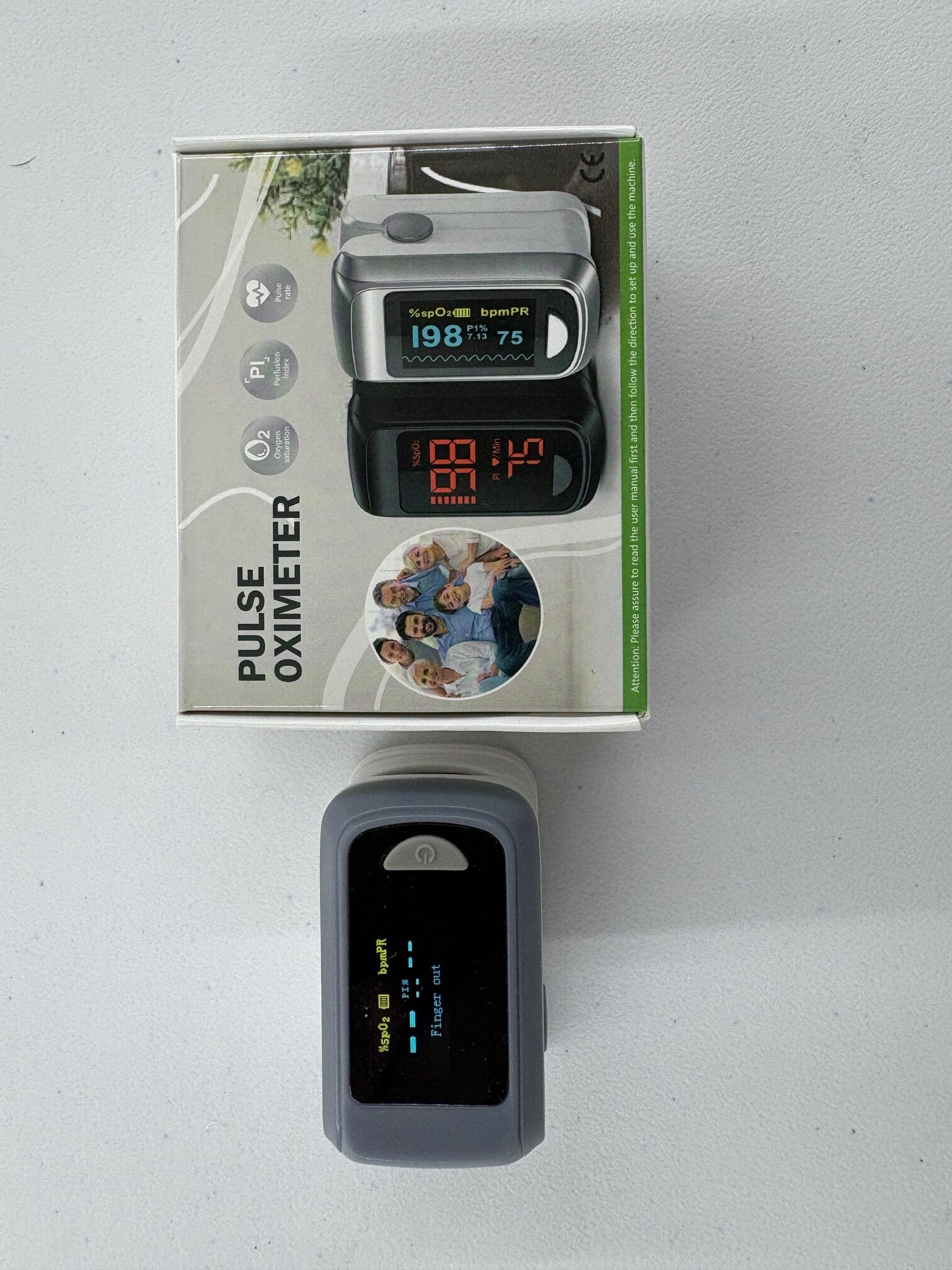
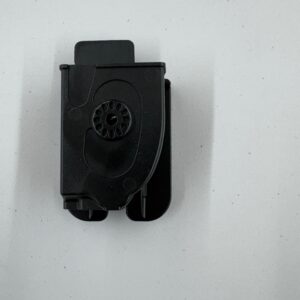

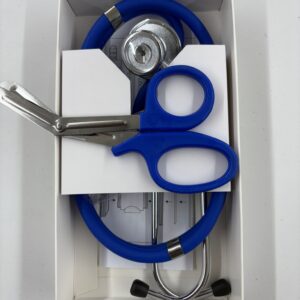
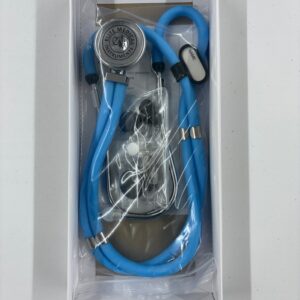
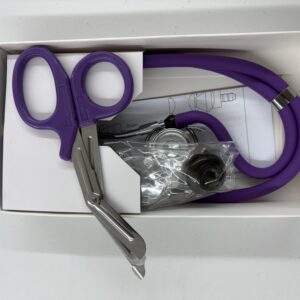
Reviews
There are no reviews yet.